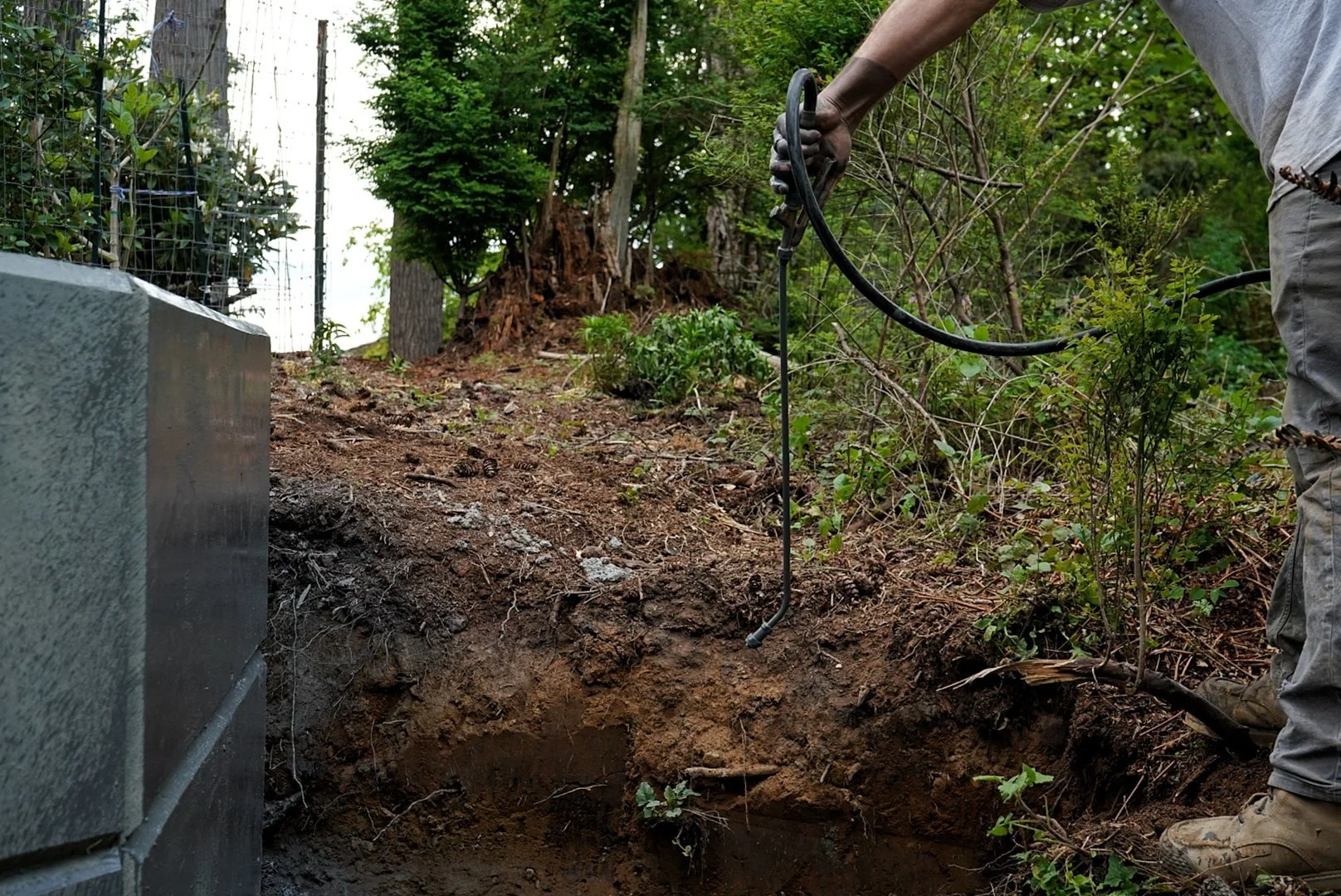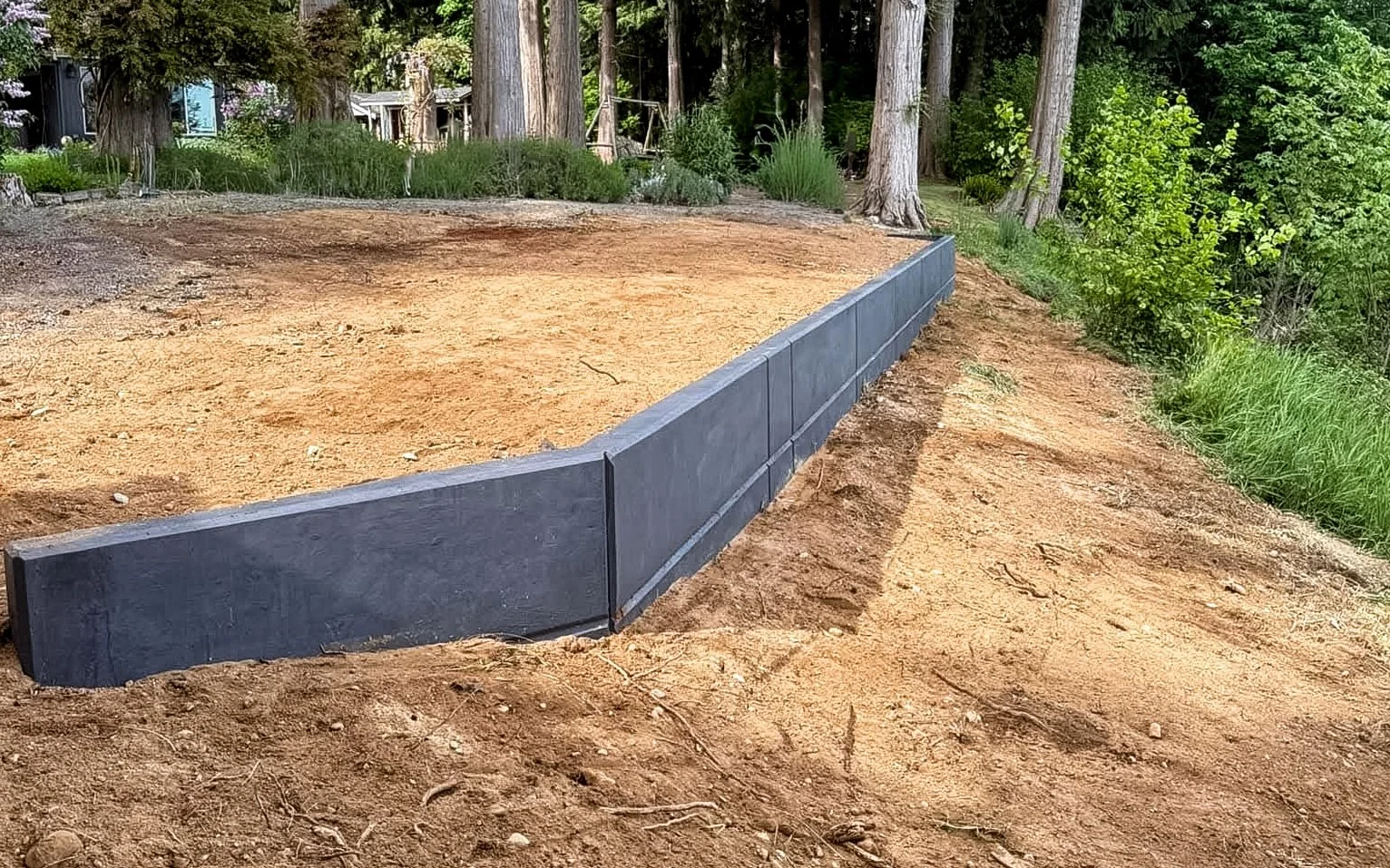Maintenance Guide
Maintaining Your Concrete Driveway or Patio
Quite likely one of the reasons you invested in having a concrete driveway, patio or walkway installed at your home was your expectation a concrete surface would need very little maintenance and upkeep. While in general that's true and a concrete driveway does need substantially less maintenance then an asphalt drive, there is still a certain amount of maintenance necessary even with a concrete driveway. Here's some tips on how to maintain your concrete surface.
Step 1 - Clean your Driveway and Patio Regularly
How often you need to clean your driveway or patio will depend on how much traffic it gets as well as the amount of pollutants in the air. You can hire a professional concrete cleaning company to power wash your drive, but for most of us, simply power washing your drive with a home pressure washer every couple of months will be enough to keep it clean.
Step 2 - Reseal When Necessary – key maintenance item
Concrete sealers help preserve and protect the surface of your driveway by preventing water from getting into the porous surface and help delay the effects of weathering. However, traffic and time will eventually wear out even the best sealer so you will need to reseal the surface to maintain that protection. A good rule of thumb is to reseal every two to three years, but you may need to reseal more often if your driveway gets a lot of use. Call us if you want the job done professionally, we can help you keep your concrete looking new.
Step 3 - Keep Spills off the Surface
Avoid doing things like changing the oil in your vehicle on your driveway since spilled oil can create an ugly stain. If you do see any spills or drips clean get most of it off the surface with an absorbent product such as kitty litter, sawdust, or cornmeal. After you soak up most of the spill, get rid of any residual marks by scrubbing with soap and water or one of a number of commercial concrete cleaners available from home or hardware stores.
Step 4 - Avoid Salt and Deicing Chemicals
Chemical deicers and salt are very hard on any grass and gardens growing beside your driveway but perhaps worse, will eat into the surface of your concrete and start it deteriorating. Spreading sand on icy patches to provide traction during the winter is a better option and you can simply sweep it up in the spring.
Step 5 - Keep Sharp Objects and Metal Furniture off your Driveway or Patio
Shovels with metal edges may damage the concrete surface, so it's best to not use them. Plastic snow shovels won't nick the surface and are a better choice for clearing snow. If you use a snow blower, be sure to raise the blades high enough to avoid scraping your concrete surface. Also rust stains can appear if you leave metal objects on your concrete over extended periods of time, outdoor rugs will eliminate this problem.
Step 6 - Repair any Small Cracks When you First Notice Them
Small cracks can occur due to natural settling or shifting of the ground. If they're left unrepaired, annual freezing and melting cycles will enlarge these cracks making them big enough for weeds to take root and in just a few years, you may need to resurface your entire driveway. Concrete patching products to repair small cracks are available at most home stores.


